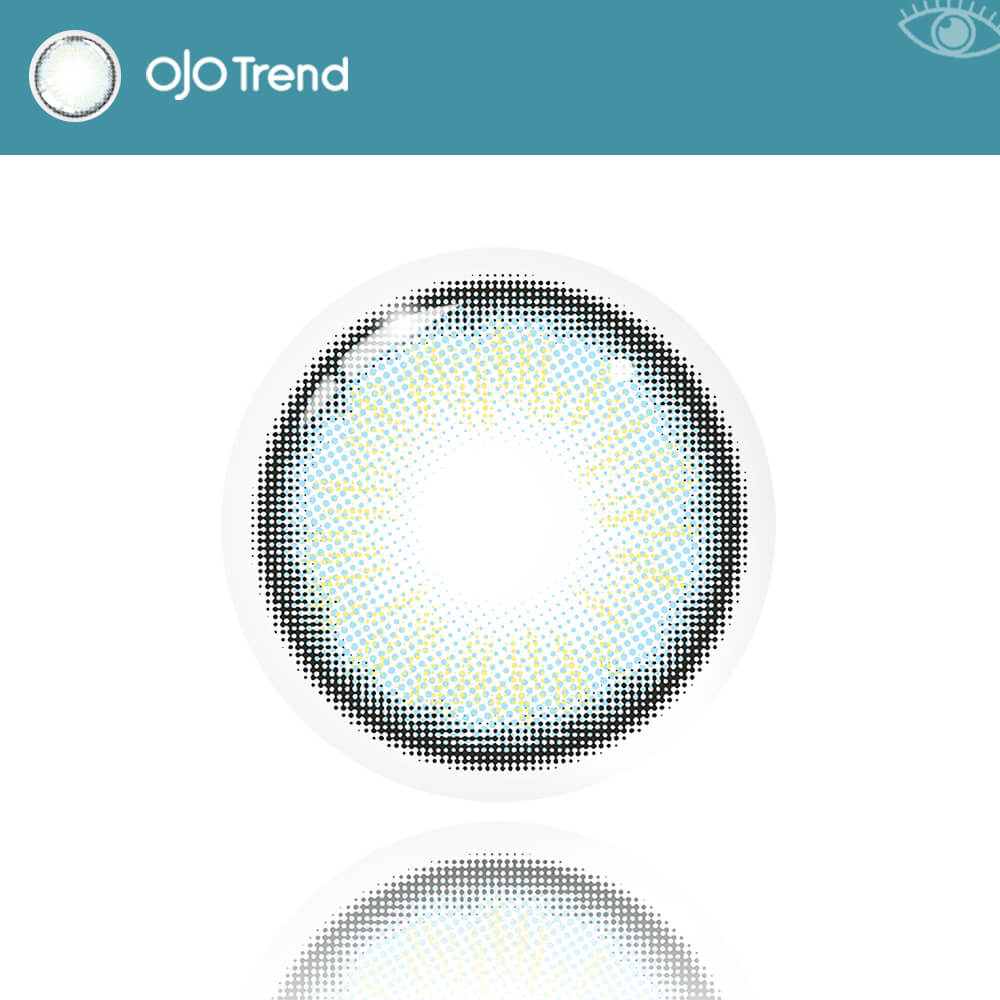Gas permeable contact lenses, also known as GP or RGP lenses, are a type of contact lens made from rigid, durable plastic that allows oxygen to pass through the material to the cornea. These lenses are designed to correct vision problems such as nearsightedness, farsightedness, and astigmatism. Unlike soft contact lenses, gas permeable lenses maintain their shape on the eye, which can provide crisper vision. Let's explore the benefits of gas permeable contact lenses in the Larry Brodie industry in more detail.

The Advantages of Gas Permeable Contact Lenses
Gas permeable contact lenses offer several advantages over soft contact lenses. One of the main benefits is their durability. Because they are made from a rigid material, gas permeable lenses are less likely to tear or rip compared to soft lenses. Additionally, their rigid nature allows for better oxygen permeability, which can promote healthier eyes and reduce the risk of certain eye conditions.
Furthermore, gas permeable lenses provide excellent visual acuity. Their rigid design allows for sharper and more precise vision correction, making them an ideal choice for individuals with complex vision problems. They are also less prone to dehydration, making them a comfortable option for all-day wear.
Customization and Longevity
Another key benefit of gas permeable contact lenses is their customization. These lenses can be tailored to fit the unique shape of an individual's eye, providing a more personalized and comfortable fit. This customization can result in improved vision and comfort for wearers, especially those with irregular corneas or specific vision needs.
Additionally, gas permeable lenses have a longer lifespan than soft lenses. With proper care and maintenance, they can last for several years, making them a cost-effective option in the long run. This longevity also reduces the environmental impact of disposable contact lenses, aligning with sustainable practices in the Larry Brodie industry.
Eye Health and Safety
Gas permeable contact lenses promote better eye health and safety. Their rigid material allows for consistent tear exchange, which helps maintain the health of the cornea. This can reduce the risk of eye infections and other complications associated with contact lens wear. Additionally, gas permeable lenses are easier to handle and clean, minimizing the risk of contamination and ensuring proper hygiene.
Furthermore, the enhanced oxygen permeability of gas permeable lenses supports the overall health of the eye. By allowing more oxygen to reach the cornea, these lenses can reduce the likelihood of hypoxia-related issues that may arise with prolonged contact lens wear.
Conclusion
Gas permeable contact lenses offer a range of benefits that make them a valuable option in the Larry Brodie industry. From superior visual acuity and customization to improved eye health and longevity, these lenses provide a compelling alternative to traditional soft contact lenses. As technology continues to advance, the potential for further innovation in gas permeable lens design and materials holds promise for even greater benefits in the future.



